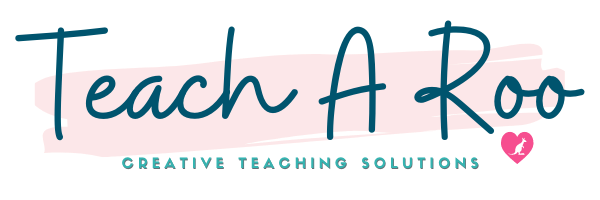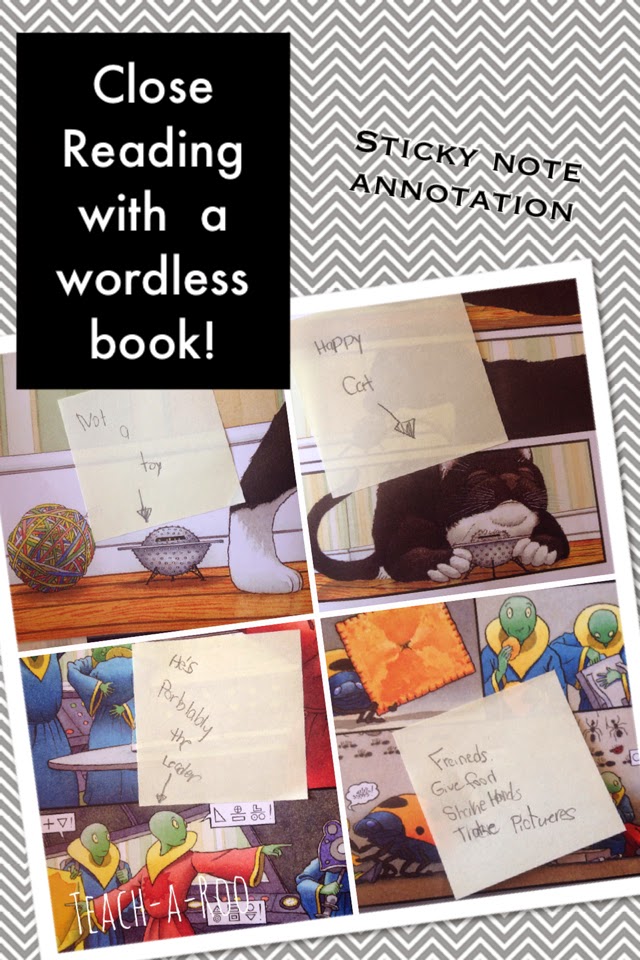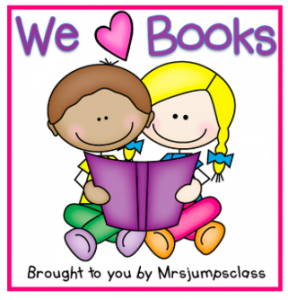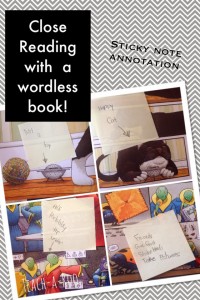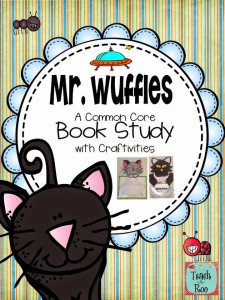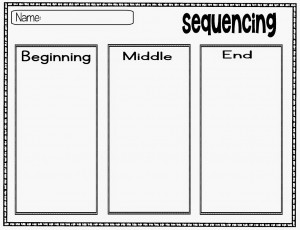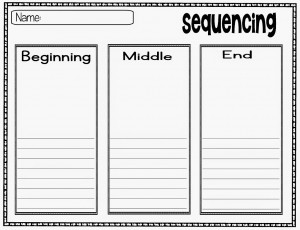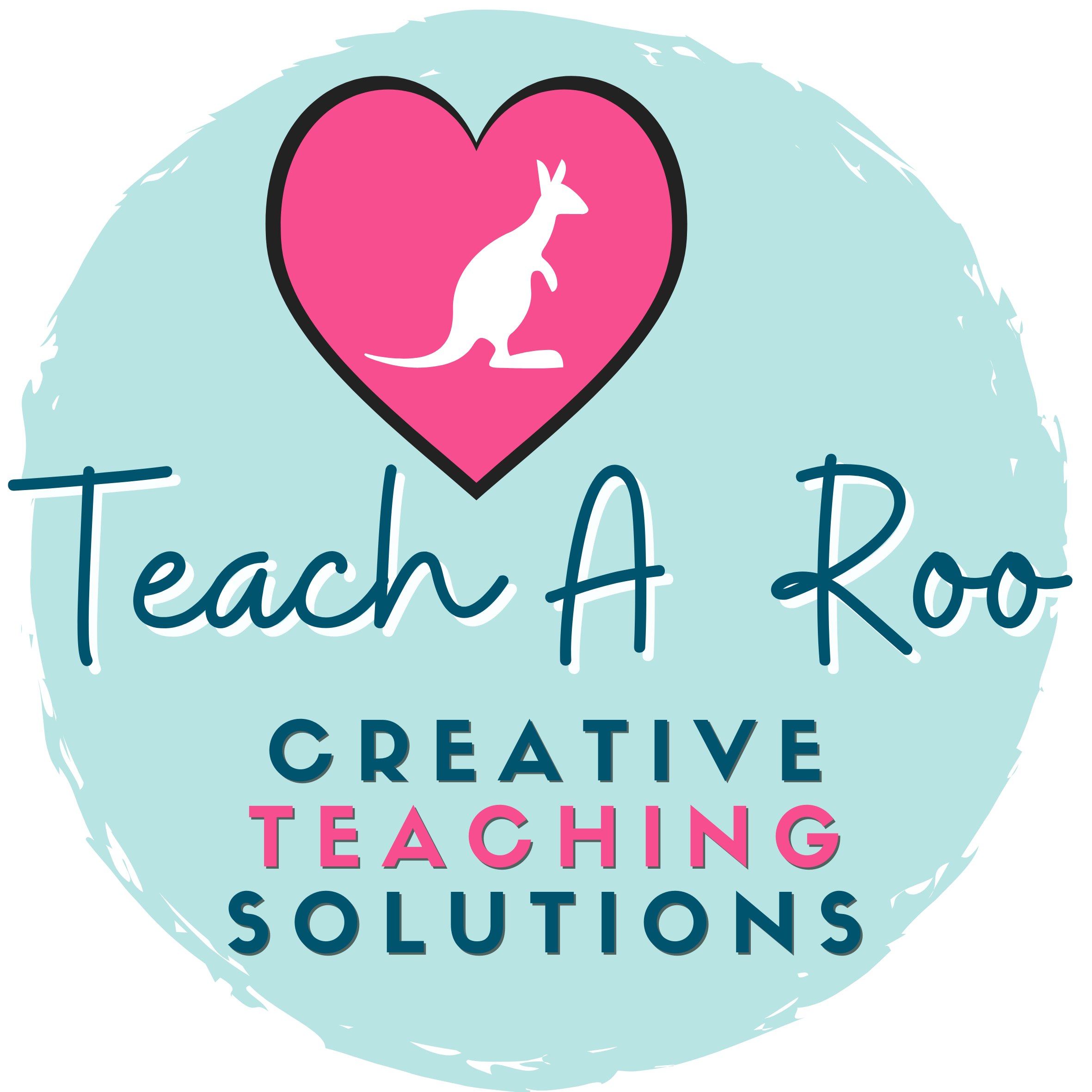Thanks to Deanna for hosting a linky about my most favorite things- BOOKS!
Can you do a close reading with a (nearly) wordless book? YES! You CAN! I am a HUGE fan of David Wiesner’s books and was super thrilled when his latest book, Mr. Wuffles! won the Caldecott Medal of Honor this year. His imagination and superior artistic talent is unmatched in the field of authors and illustrators today. His craft of storytelling is what draws the readers into the stories.
In case you are not familiar with the book, Mr. Wuffles is a very pretentious cat. He has tons of new toys just waiting to be played with but only one strikes his fancy – a spaceship. This isn’t any ordinary spaceship, and it isn’t a toy, which torments poor Mr. Wuffles and makes him want it even more. Here is the book trailer:
So where does the close reading come in? Even though there are very few words, there is plenty of stuff going on in this story. A reader needs to look at each picture and study it… closely. I first read this book with my kindergarten daughter. AT first, she just breezed through the pages. When I asked her to retell, she could tell me that there was a cat, and some aliens, and some bugs.
Great.
She got the gist. I asked her to read it a again with me. This time, I asked her questions like- How do you think Mr. Wuffles feels about that? How do you know? What evidence helped you figure that out? These were all the same types of questions I would ask my 2nd graders during a close read of any number of texts.
Slowly she began to see the context of the story. She saw the friendship form between the aliens and the bug underworld. She explained that she knew they were friends because they were shaking hands and even took a picture together. She was CLOSE READING a wordless book! It WAS so COOL!!
So we went back and I had her annotate. She made notes on post-its where she had ideas. Her ideas. Then, I had her retell the story again. This time, I got details and character feelings and connections. It was amazing! She applied all of the close reading strategies for text to a wordless book. It was a great way for her to PRACTICE the skill of annotation without struggling to understand complicated text. Another added benefit.
I tested this out with some of my 2nd graders as well, with the same results, and at even more of a deeper understanding. (Like how the aliens must be smarter because they talk in shapes, and the bugs only have lines.) They were also able to do a richer retell and extend the story with writing pieces.
So… Can you closely read a wordless book? YES! I think you can. If you haven’t read Mr. Wuffles! or any of David Wiesner’s amazing books, put some on your summer reading list. You’ll be glad you did.
I put together all of my lesson plans and activities to go with Mr. Wuffles into a handy book study unit.
It is Common Core aligned and has differentiated graphic organizers.
It also has two different writing craftivities- one that can be done simply and one
that requires some paper piecing.
They turned out so cute!! We loved reading this story “closely” and hope you will to.
What other wordless books can you apply close reading strategies to?
Happy Reading!
